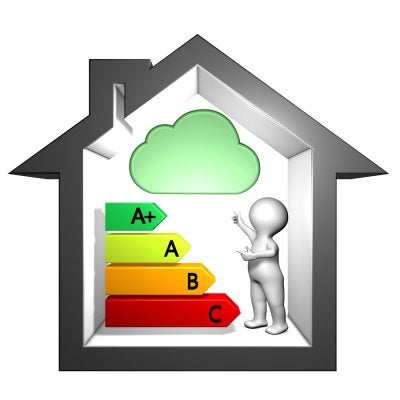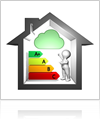You probably feel safest and most comfortable in your home—but perhaps you should be more careful. Indoor air pollution can be as bad (if not worse) as outdoor air pollution in major developed cities. Prolonged exposure to indoor air pollution can cause or contribute to the development of serious cardiovascular conditions, including asthma and a number of other chronic lung diseases. Have your home tested for mold, asbestos, lead, and bacteria , and look out for these common sources of indoor air pollution.
Biological Pollutants
Biological indoor pollutants include molds, bacteria, viruses, pollen, animal dander, and particles from dust mites and cockroaches. To keep biological pollutants under control, wash bedding and sweep/vacuum your floors regularly to kill dust mites, control moisture to prevent mold growth, and hire a mold testing company to inspect your home for harmful biological pollutants.

Combustion Pollutants
Combustion pollutants come from sources such as fuel burning stoves, furnaces, and gas-burning appliances such as water heaters and fireplaces. Carbon monoxide (CO) and nitrogen dioxide (NO2) are the most dangerous gases produced by such sources. Make sure combustion appliances are installed and maintained by professionals, and make sure your home is properly ventilated.
Asbestos
Although asbestos use is now outlawed in the U.S., it was once one of the most popular building and construction materials in the country. Asbestos produces microscopic fibers that, when inhaled into the lungs, can cause asbestosis (scaring of the lung tissue), lung cancer, and mesothelioma. If your home or office building was built before 1980, hire an asbestos testing and removal company in San Francisco immediately.
Radon
Radon is a naturally occurring radioactive gas that can enter your home or business through cracks in the foundation floor, drains, and other opening. Indoor radon exposure is the second leading cause of lung cancer in the United States, and is responsible for more than 20,000 lung cancer deaths each year. Test your home for radon regularly and follow recommendations for further testing and repairs.

